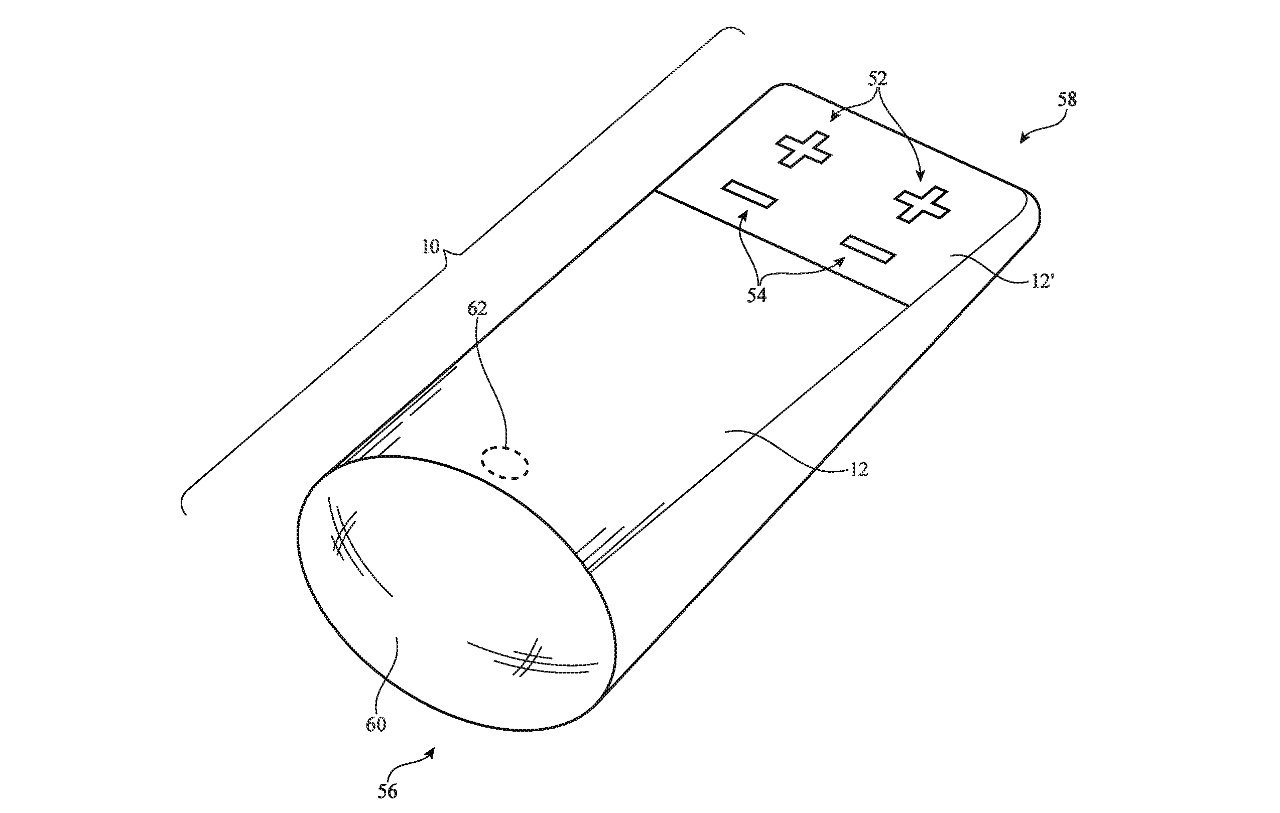New research building on older work demonstrates that Apple is working out how to weave sensors and switches into fabric, which could then be used for smart bags, furniture, clothing, and more.
Apple has previously been granted patents including ones for making fabric buttons for a HomePod. Now a newly-granted further patent describes very many uses for fabric that has sensors and other devices embedded in it.
“Fabric control device,” is chiefly concerned with the detail of embedding anything within fabric. Apple already has form on this broad idea, with previous patents granted to it for smart Apple Watch woven bands, or buttons.
But this new patent does also give some indication of how much further Apple might go with the proposal.
“It may be desirable to form bags, furniture, clothing, electronic devices, and other items using materials such as fabric,” says the patent. “If care is not taken, however, fabric-based items such as these may not offer desired features.”
“For example, a fabric-based electronic device may be awkward to use,” it continues, “may not have an attractive appearance, or may not offer desired functionality.”
It’s that last point that the patent concentrates on, the issue of making fabric items be control devices. After listing every conceivable type of electronic device, the patent then goes on to give more specific immediately recognizable items that use fabric.
“[Fabric may be] a strap, may be a wrist band or head band, may be a removable cover for a device, may be a case or bag that has straps…,” it says. “[Or it] may be part of a chair, sofa, or other seating (e.g., cushions or other seating structures), may be part of an item of clothing or other wearable item (e.g., a hat, belt, wrist band, headband, sock, glove, shirt, pants, etc.), or may be any other suitable fabric-based item.”
So that narrows things down.
The patent is similarly wide-ranging in how it describe that fabric “may be soft…, may be coarse, may be smooth,” and so on. Significantly, the surface of such fabrics “may be formed as part of a device that has portions formed from non-fabric structures of plastic, metal, glass, crystalline materials, ceramics, or other materials.”
So Apple sees fabric as being used to wrap around items. One example drawing in the patent shows a remote control, for instance.
“A fabric-based item may include a housing that is covered in fabric,” says Apple. “Areas of the fabric may overlap input circuitry such as button switches, touch sensors, force sensors, proximity sensors, and other sensing circuitry and may overlap other components such as light-emitting components and haptic output devices.”
Apple has previously also been granted a patent that would see Macs being controlled through smart gloves. The new patent widens that to just about anything that can be wrapped in fabric.
“The fabric-based item may include control circuitry that gathers user input from the input circuitry,” it continues. “The fabric-based item may have a weight that is located in the housing to orient the housing in a desired direction when the housing rests on a surface.”
It’s hard to imagine, say, the current flat Siri Remote turning itself over when placed face down. However, Apple’s drawings show a more rounded, cylindrical device which it says “may have self-righting features.”
How it could work
Central to every use case is the specific detail of how such fabrics are formed. Apple says that yarns “may be formed from polymer, metal, glass, graphite,” and more.
“[Then the] strands of material… may be single-filament strands (sometimes referred to as fibers or monofilaments),” it continues, “may be yarns or other strands that have been formed by intertwining multiple filaments (multiple monofilaments) of material together, or may be other types of strands (e.g., tubing).”
If circuitry is woven into the fabric, then that fabric can have areas with, “enhanced light transmission, button labels, [or] distinct textures.”
“[Other] attributes may overlap input circuitry such as button switches, touch sensor circuits, force sensors, proximity sensors, and other sensing circuitry,” continues Apple. “The fabric-based item may include control circuitry that gathers user input from the input circuitry.”
All of this could easily apply to the casings around future HomePods. But imagine carrying your MacBook Pro in a bag where the straps tell you the battery charge remaining.
Or picture sitting in a chair where the armrest fabric includes HomeKit controls.
This patent is credited to three inventors. They include Daniel A. Podhajny, whose previous related work includes a patent for making fabric Smart Keyboards for iPad.
This story originally appeared on Appleinsider


